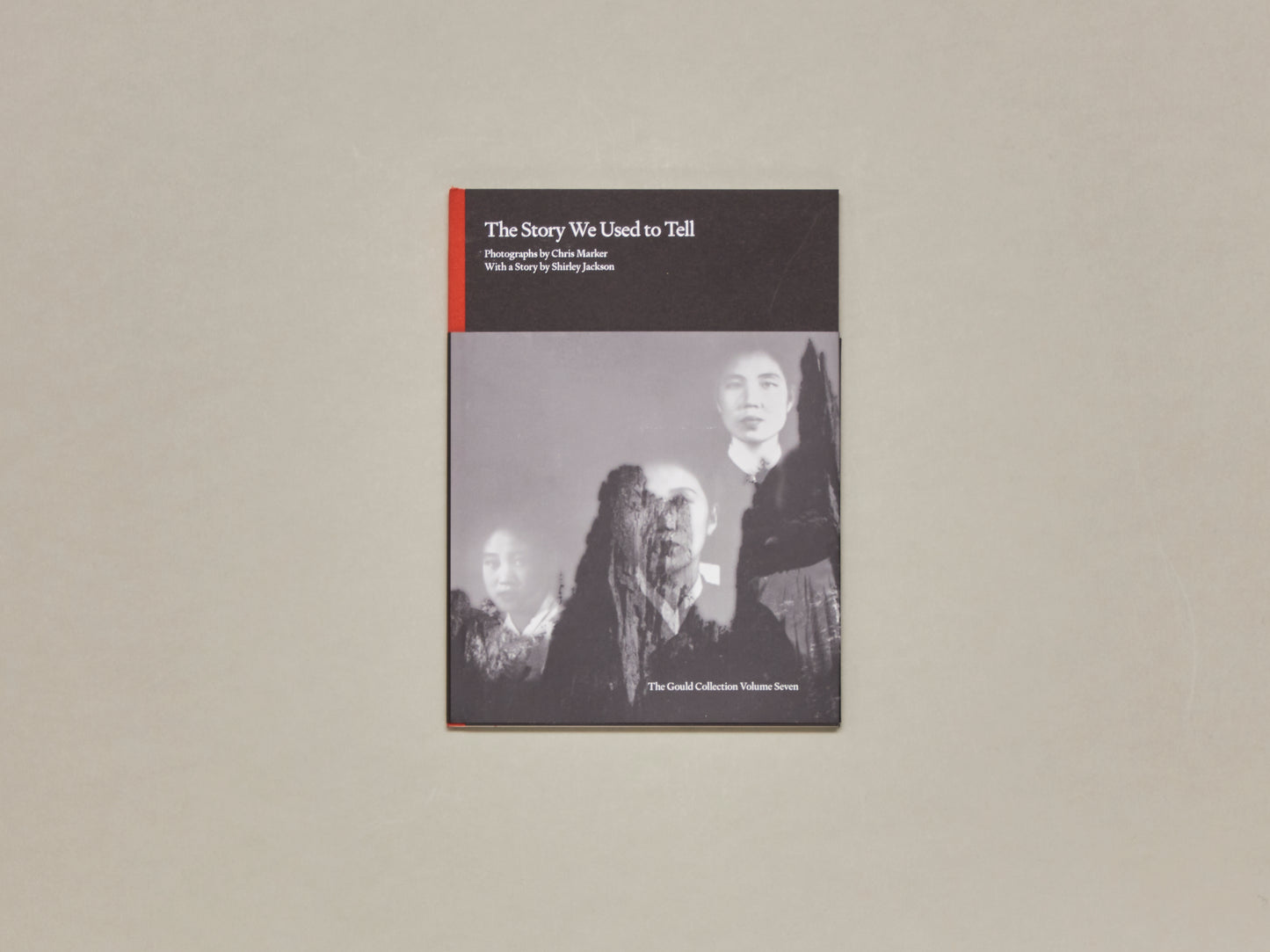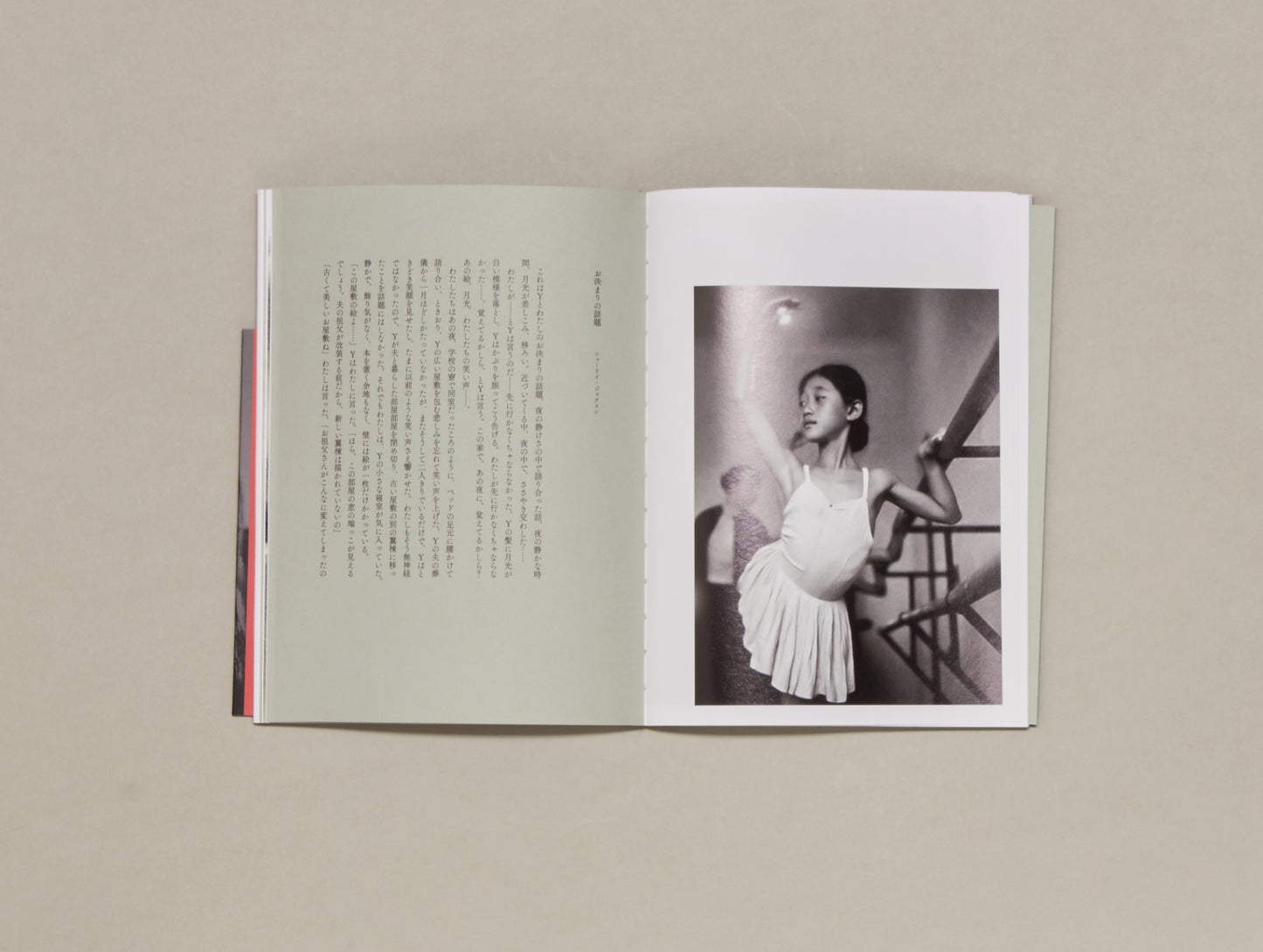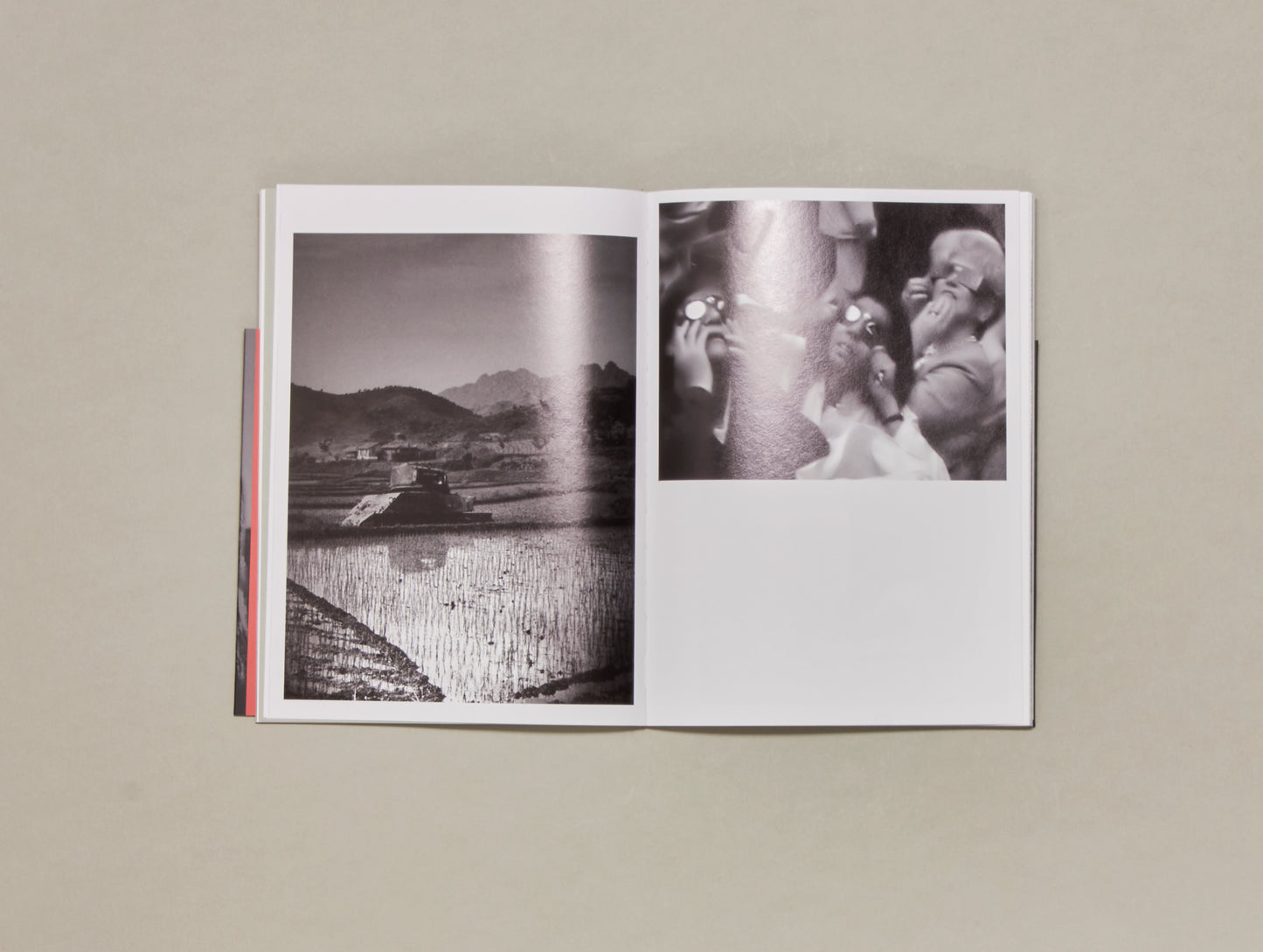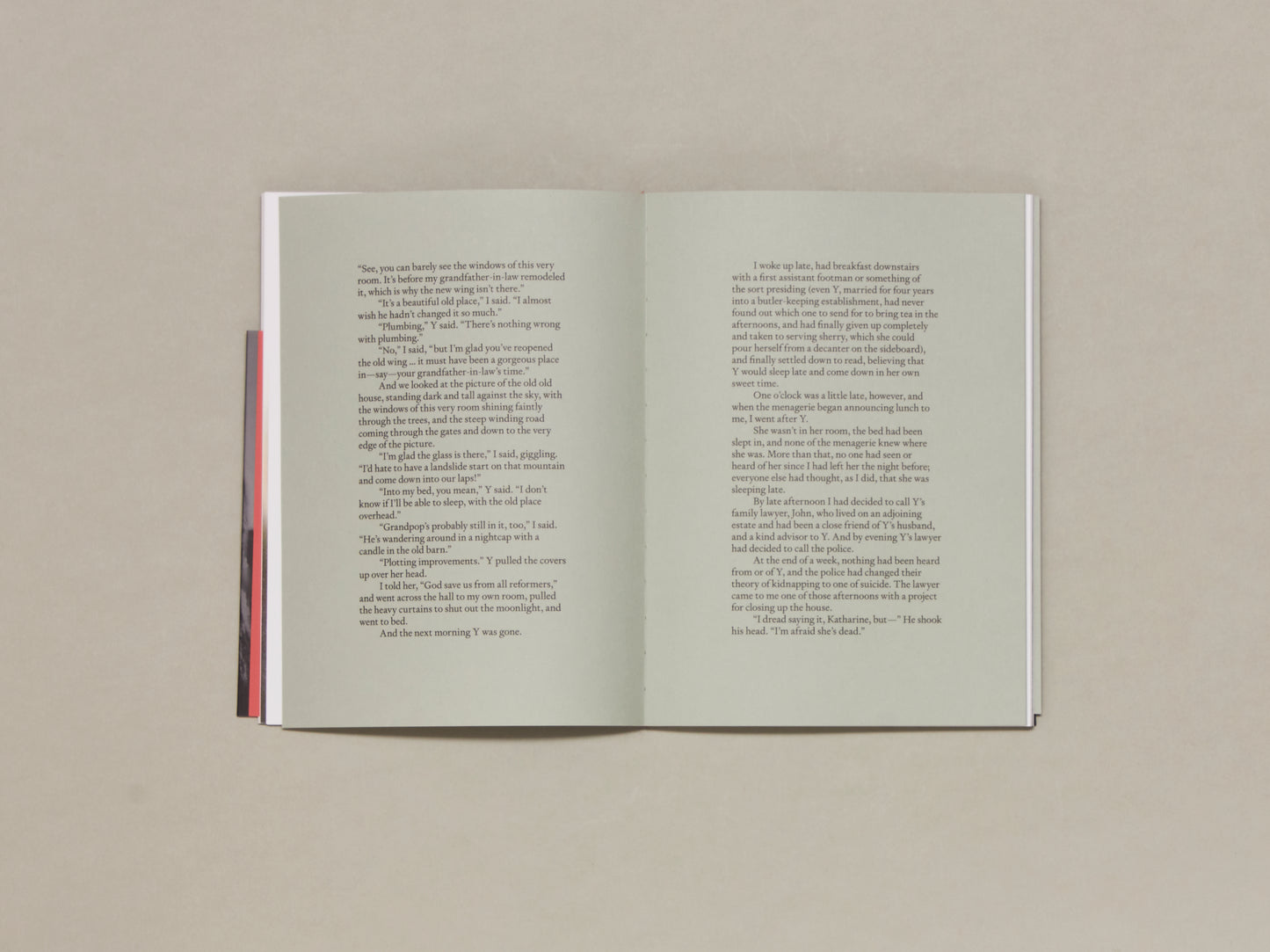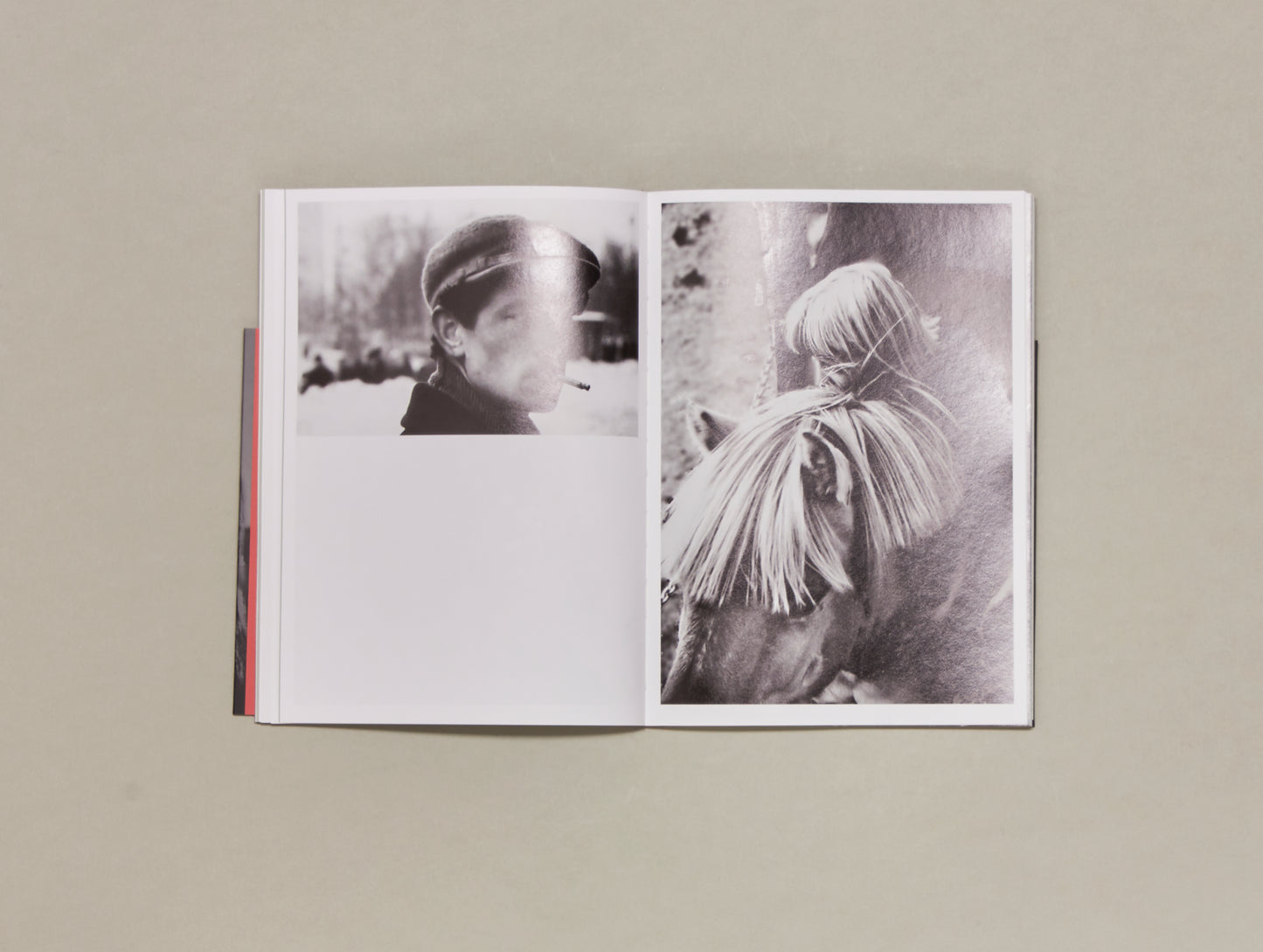Couldn't load pickup availability
For The Story We Used to Tell, volume seven of The Gould Collection, the human condition, memory and how we view one another shape the pairing of photographs by Chris Marker with a short story by Shirley Jackson. Although seemingly quite different at first glance—Jackson was an American author known for her dark and suspenseful stories, while Marker was a French avant-garde filmmaker and photographer who used experimental techniques—both use ordinary moments to twist time and reality in a psychological examination of human behavior and social interactions. In Marker’s photographs, a selection surveying his work from the 1950s to 2011, which includes images from his Crush Art, Passengers, Koreans and Staring Back series, individuals return the photographer’s gaze in an acknowledgment of the limitations of the medium and the subject’s brief entrapment by the camera. Digitalized in the 1990s and later, inherent in these images is a low-resolution, early digital aesthetic purposefully embraced by Marker. Similarly, Jackson uses the entrapment of two women in a picture in “The Story We Used to Tell” to explore the unknowingness and irrationality of human emotions. Both Jackson’s story and Marker’s photographs purposefully leave many open questions as they probe the human condition within a psychologically malleable and distorted reality.
